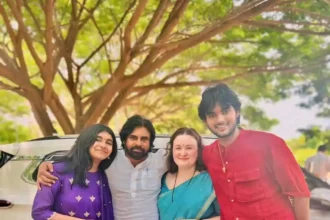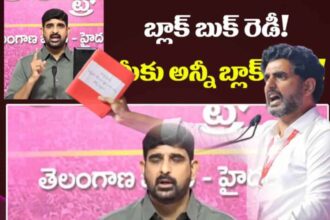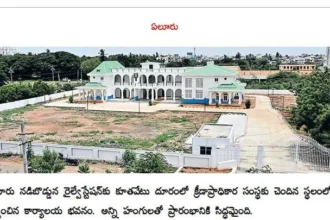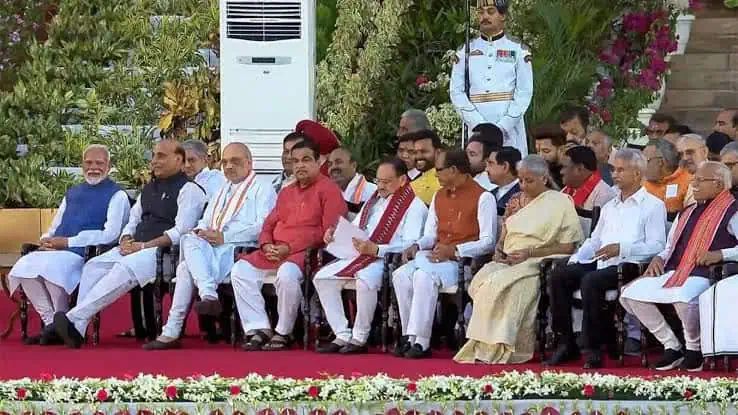Narendra Modi was sworn in as Prime Minister for the third time on Sunday evening. He had previously taken the oath on May 26, 2014, and May 30, 2019.
Alongside him, around 72 Union Cabinet ministers and Ministers of State also took the oath of office from President Droupadi Murmu. Let’s understand the difference between Cabinet ministers and Ministers of State.
The Prime Minister leads the Council of Ministers, which includes both Cabinet ministers and Ministers of State. A Cabinet minister is a member of the Union and leads a ministry.
Ministers of State (MoS) come in two types. Some junior ministers hold MoS positions with independent charges, meaning they don’t report to any Cabinet minister. Others are appointed as MoS deputy ministers, and they report to a Cabinet minister. These deputy ministers usually handle specific responsibilities within a ministry.
There can also be a Deputy Prime Minister, who would act as Prime Minister if the Prime Minister is absent. The Deputy Prime Minister is the most senior Cabinet minister.





